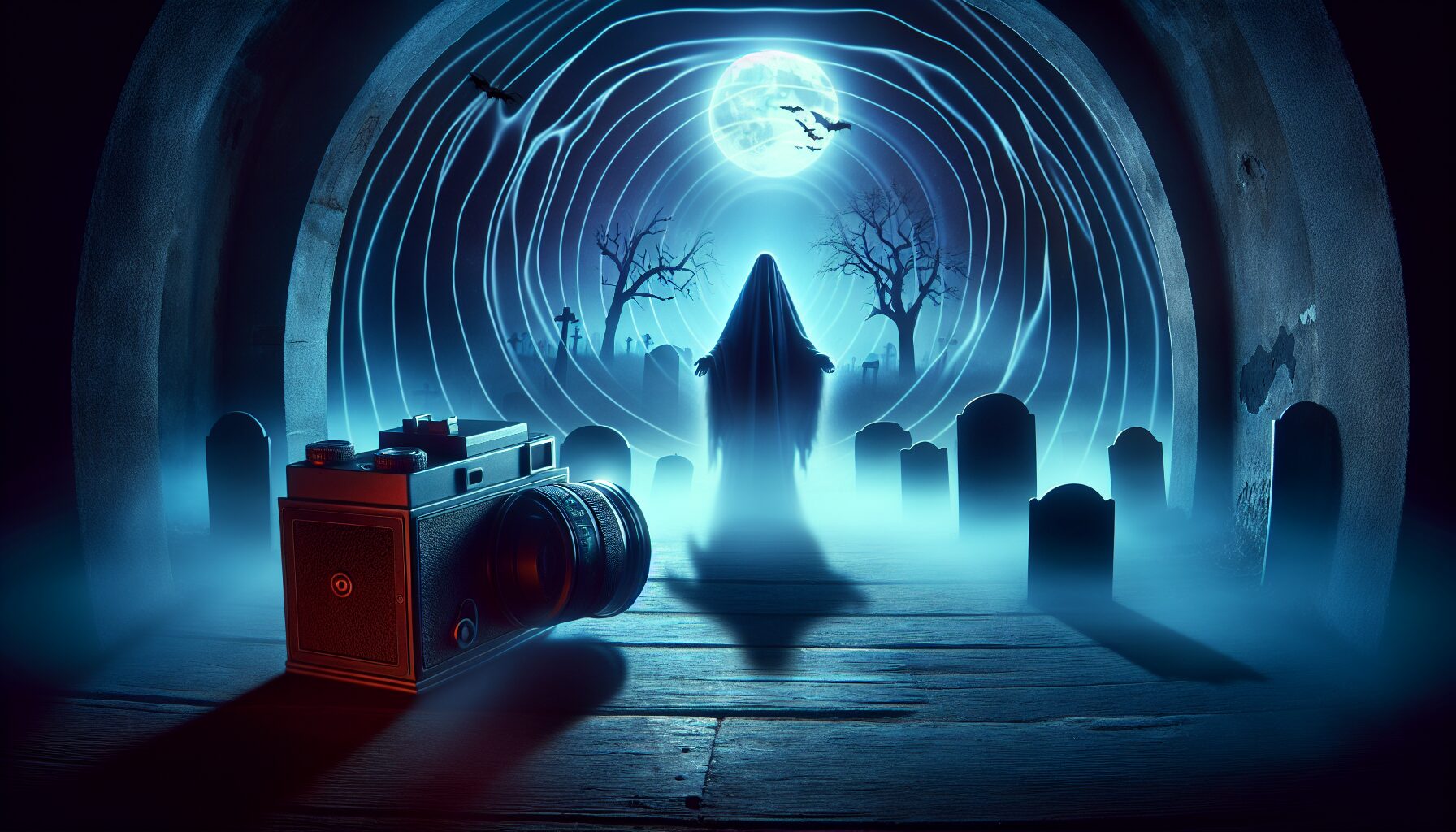Phantom Photographs: Capturing the Invisible
In the realm of photography, images usually serve as concrete evidence of what our eyes can see. However,
phantom photographs challenge this notion, offering glimpses into the realms that lie beyond our immediate
perception. This curious phenomenon invites a deeper look into how technology and creative expression
intertwine to capture the invisible.
The Mystery of Phantom Photographs
Phantom photographs, often shrouded in enigma, are those that display anomalies, apparitions, or effects not
easily explainable by conventional standards. These images can sometimes reveal ethereal figures or enigmatic
lights and shadows, whispering stories of the unseen world.
“Photography is the story I fail to put into words.” – Destin Sparks
Historical Roots
The history of phantom photography can be traced back to the 19th century, a time when spiritualism enjoyed a
period of popularity. Pioneers like William H. Mumler discovered that photography could capture what seemed to
be spirits. Mumler claimed to capture images of deceased individuals appearing alongside their living loved
ones, thus igniting debates about the authenticity and ethicality of such photographs.
“The camera is an instrument that teaches people how to see without a camera.” – Dorothea Lange
Psychological Interpretations
From a psychological perspective, phantom photographs can evoke strong emotional reactions. They tap into our
primal fears and curiosities about the afterlife and the supernatural. The phenomena may often be attributed to
pareidolia—the human tendency to perceive meaningful patterns, often faces, in random stimuli.
- Pareidolia: This is the psychological phenomenon where people see patterns, like faces, where none
exist. - Expectation: Our expectations can shape our perceptions. When individuals expect to see something,
their mind is more likely to interpret random visual noise as structured images. - Cognitive Bias: Beliefs and biases can influence how we interpret visual data, making the ambiguous
seem meaningful.
Technical Aspects and Skepticism
In many cases, phantom photographs can be explained by technical factors. Exposure times, glitches, double
exposures, and lens flares are just a few of the technical occurrences that can lead to unexpected results in
photography. As digital technology advances, the potential for creating convincing hoaxes also increases.
Skeptics argue that rather than capturing the spectral, such images demonstrate the pitfalls of both analog and
digital techniques. For instance, double exposure—once a common error in film photography—can overlay two or
more images, creating ghostly imprints on a photograph.
Modern Applications and Art
Despite the scientific skepticism, many artists and photographers actively explore phantom photography as an art
form. This approach allows artists to blend technology with creative vision, offering viewers a unique
experience where the boundaries between reality and imagination blur.
For instance, photographer Susan Hiller’s work often includes paranormal elements, challenging conventional ideas
about reality and time. Her installations invite viewers to question what they perceive and believe.
“The whole point of taking pictures is so that you don’t have to explain things with words.” – Elliott Erwitt
The Future of Phantom Photography
As technology continues to evolve, the potential to explore and expand the realm of phantom photography grows. With
tools like infrared sensors and long-exposure techniques, as well as the advent of artificial intelligence in
image processing, photographers are increasingly able to capture the invisible in intriguing new ways.
Whether viewed as artistic expression, spiritual inquiry, or scientific exploration, phantom photographs hold a
unique place in the intersection of psychology, art, and technology. They remind us of our desire to transcend
the visible and reach out into the unseen—the ultimate frontier of human curiosity.
For more insights into the fascinating world of photography, visit Encyclopædia Britannica’s Photography.
